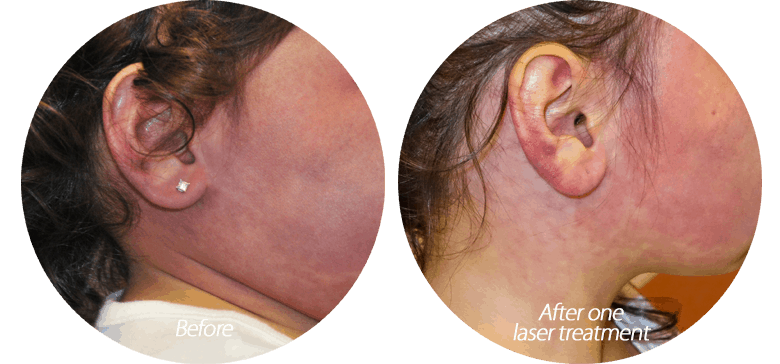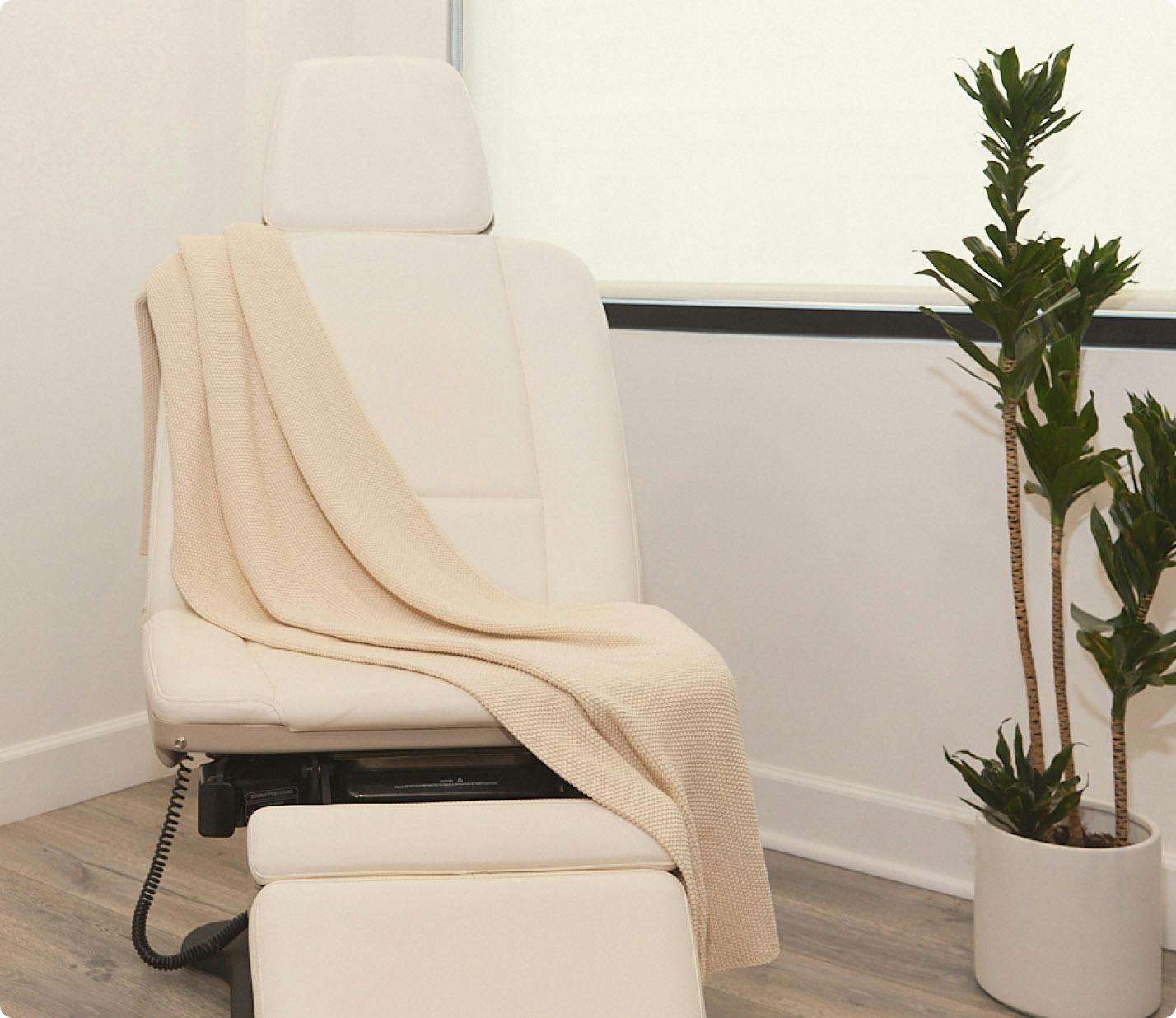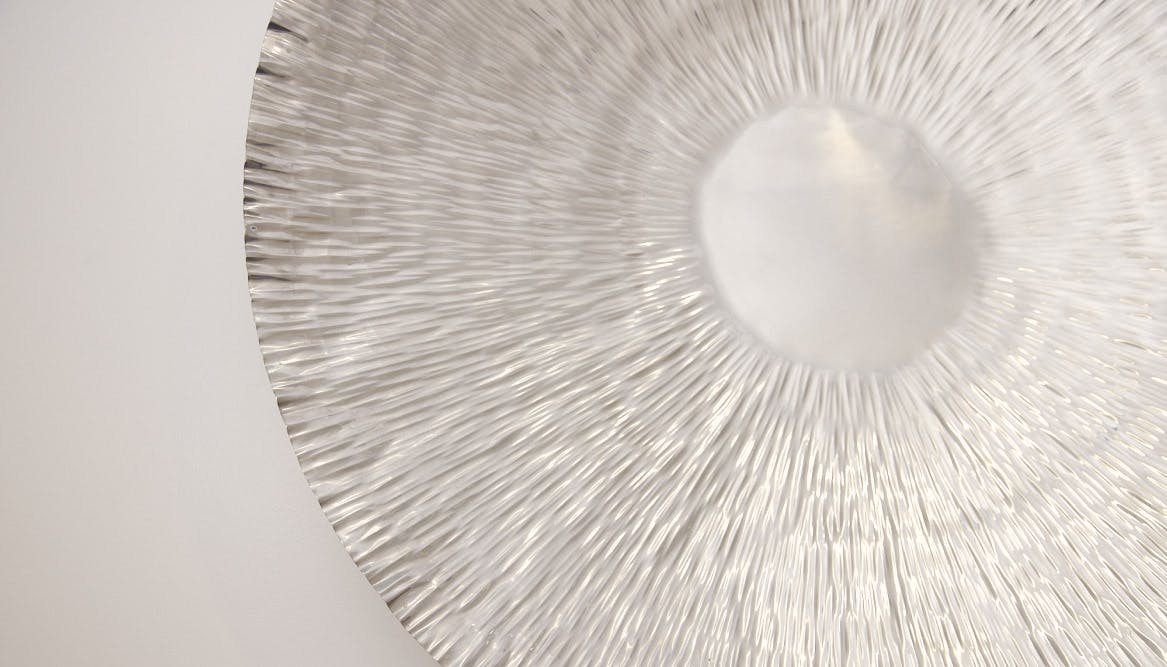These vascular malformations are frequently referred to as “port wine stains.” They tend to involve skin and produce a deep red or purple coloration. Treatment is largely with pulsed dye laser or IPL. In some cases, capillary malformations may be associated with a larger condition called Sturge-Weber syndrome.
Treating Capillary Malformation
When performed by an expert, laser therapy is the preferred choice of treatment and can be safe and effective. Dr. Panossian uses the pulsed-dye laser (PDL) as his laser of choice. Laser therapy can be quite painful, despite use of topical anesthetic application (eg, EMLA). Also, in very young children or in large areas of treatment, Dr. Panossian recommends performing laser therapy under general anesthesia or sedation for both comfort and safety. This is especially true for capillary malformations involving areas close to the eyes. Recent scientific evidence suggests application of laser therapy at a very young age in order to take advantage of favorable skin characteristics of infants and the relatively “shallow” location of the capillary malformation. Multiple sessions or treatments are expected, each between 2 and 6 weeks apart. This schedule is critical in obtaining the best results in the fewest number of treatments.
A common misconception is that lasers can virtually eliminate all traces of these lesions. Not true! As a general rule, the darker the malformation or skin blemish, the deeper the lesions extend into the skin. The deeper the penetration into the skin, the more difficult it is for lasers to reach the base of the colored mark to remove it. The result is multiple rounds of laser therapy with little or no improvement. In addition, aggressive laser therapy can result in permanent scarring.
Dr. Panossian’s breadth of knowledge in this field allows his patients to confidently see results without enduring repetitive and costly treatments. He has also dealt extensively with complications related to burns and scarring from aggressive laser use.









